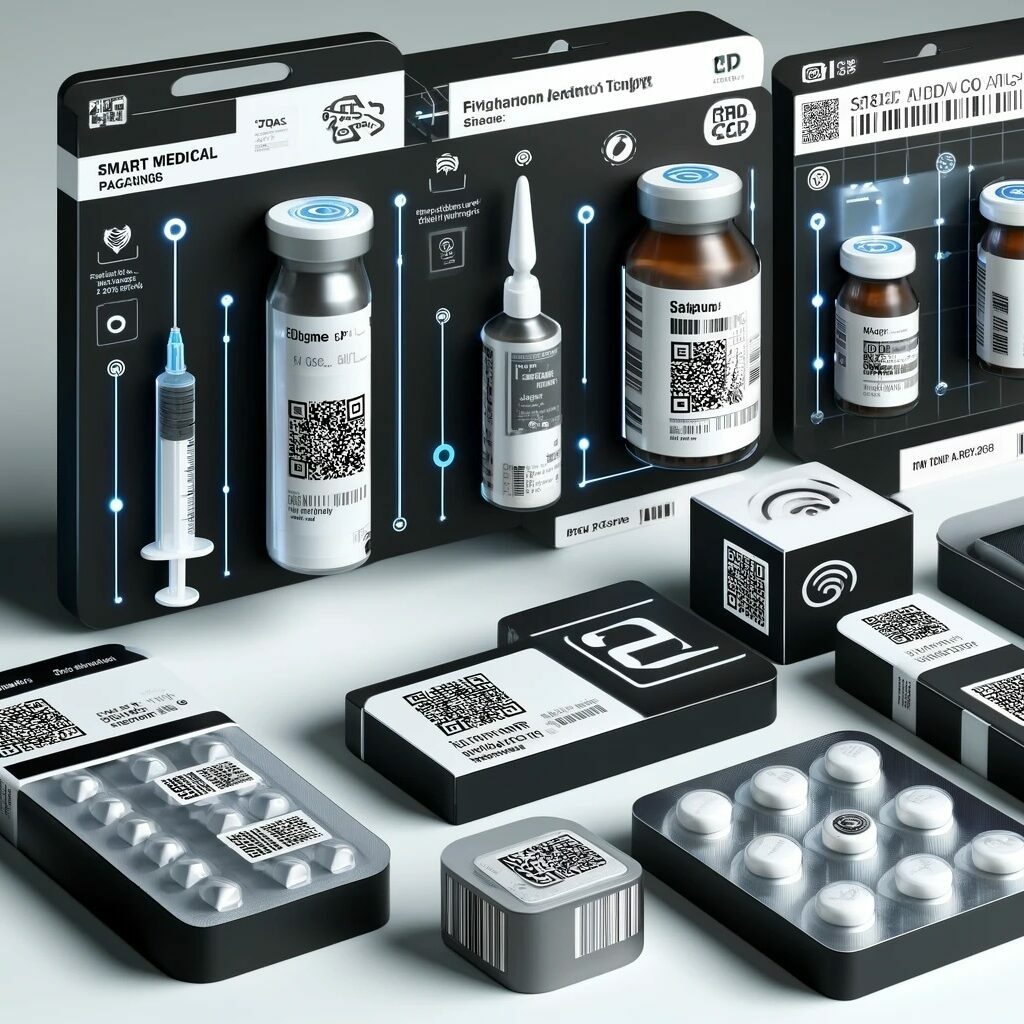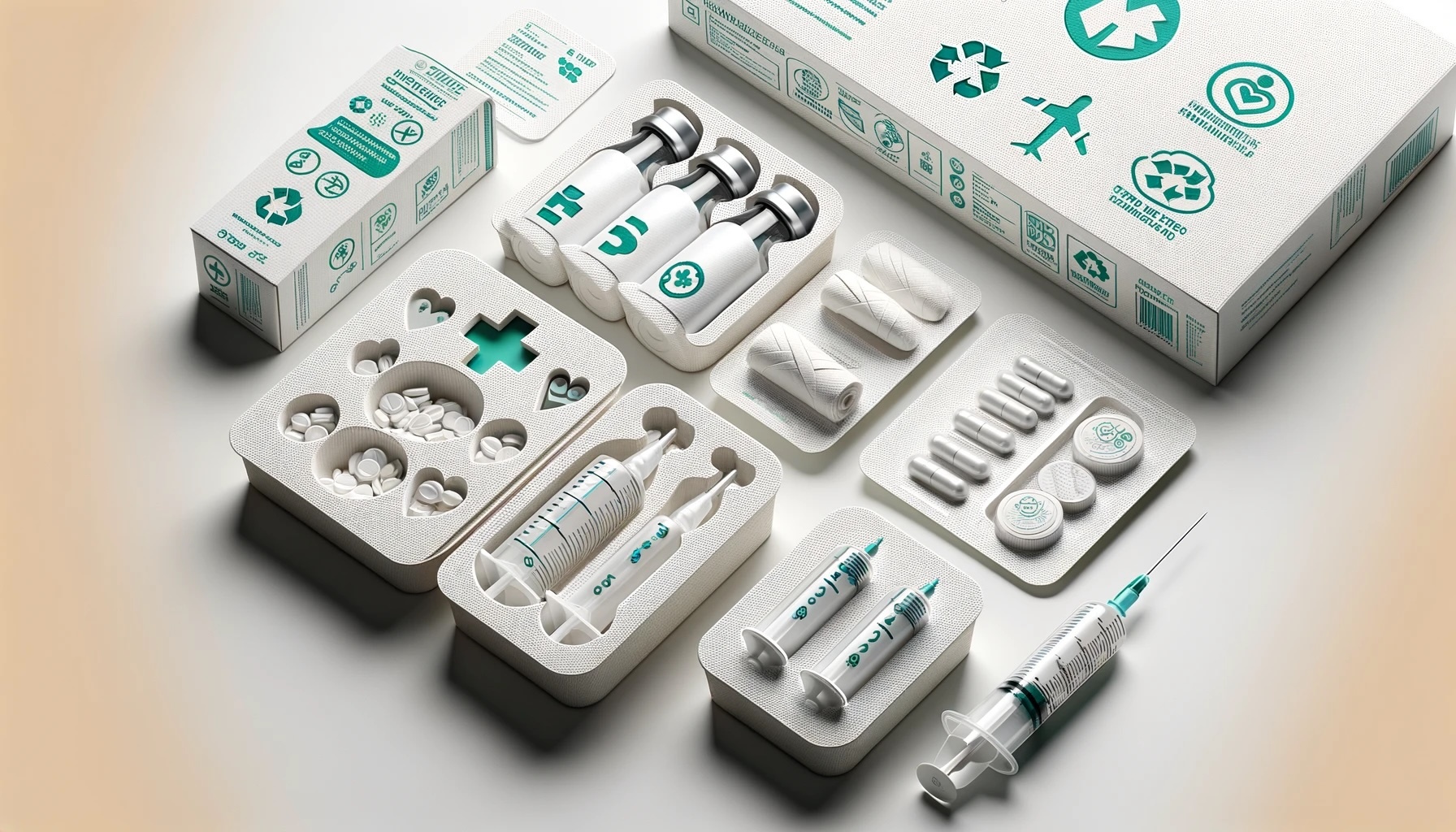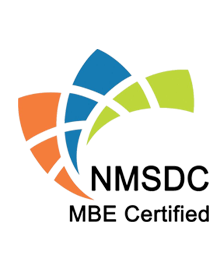March 1, 2024
Latest Trends in Packaging for Medical Components and Devices

The medical components and devices industry is undergoing a significant transformation in its approach to packaging. As technology advances and consumer awareness about environmental issues grows, the packaging sector must evolve to meet new demands. Here, we explore the latest trends in packaging for medical components and devices, focusing on innovations and the critical role of sustainability in product design.
Smart Packaging
Pressure-sensitive labels (PSLs) are versatile and widely used across industries. These labels come with an adhesive backing that sticks to surfaces with light pressure, making them easy to apply. They are ideal for products with curved surfaces or unique shapes. PSLs are available in various materials, finishes, and adhesives, allowing for customization to meet specific requirements.
Sterile Barrier Systems
Maintaining sterility is paramount in medical packaging. Recent trends highlight the use of advanced materials and sealing techniques to create sterile barrier systems (SBS). These systems are designed to protect medical devices from contamination while ensuring easy and safe opening by healthcare professionals. Innovations in SBS include multi-layered films and coatings that offer superior barrier properties against bacteria and moisture.
Custom and Ergonomic Design
Custom packaging solutions are becoming increasingly popular. These designs are tailored to fit the specific dimensions and requirements of individual medical devices, providing better protection and reducing material waste. Additionally, ergonomic design focuses on ease of use for healthcare providers, ensuring that packages are easy to open, handle, and dispose of, which is crucial in fast-paced medical environments.

Sustainable Materials
Sustainability is a driving force in modern packaging design. The use of eco-friendly materials, such as biodegradable plastics, recycled paper, and plant-based polymers, is on the rise. These materials reduce the environmental footprint of medical packaging by decreasing reliance on non-renewable resources and minimizing waste in landfills.
Sustainability in Product Design
Incorporating sustainability into product design is not just a trend but a necessity. Here’s how the medical packaging industry is addressing this imperative:
-
Lifecycle Assessment
Manufacturers are adopting lifecycle assessment (LCA) methodologies to evaluate the environmental impact of their products from cradle to grave. This holistic approach considers raw material extraction, manufacturing, distribution, use, and disposal. By understanding the environmental footprint at each stage, companies can make informed decisions to minimize adverse effects.
-
Reduced Material Usage
Designing packaging that uses fewer materials without compromising safety and functionality is a significant step towards sustainability. Thin-walled packaging, for example, reduces plastic usage and transportation weight, leading to lower carbon emissions.
-
Recyclability and Reusability
Packaging that can be easily recycled or reused is gaining traction. Clear labeling and the use of mono-materials (packaging made from a single type of material) enhance recyclability. Some companies are also exploring reusable packaging solutions, which can be sanitized and repurposed, thereby reducing waste.
-
Renewable Energy in Manufacturing
Shifting to renewable energy sources for manufacturing processes is another sustainable practice. Solar, wind, and hydroelectric power reduce the carbon footprint associated with production. Companies are also investing in energy-efficient machinery and processes to further decrease their environmental impact.
Conclusion
The packaging of medical components and devices is evolving rapidly, driven by technological advancements and a growing emphasis on sustainability. Smart packaging, sterile barrier systems, custom designs, and sustainable materials are shaping the future of this industry. By incorporating sustainability into product design, manufacturers can not only meet regulatory and consumer demands but also contribute to a healthier planet. As these trends continue to develop, the medical packaging sector will play a crucial role in ensuring the safety, efficiency, and environmental responsibility of healthcare products.



